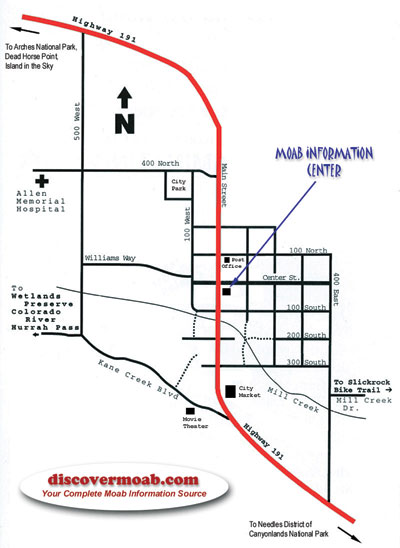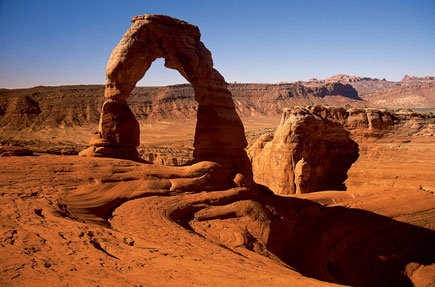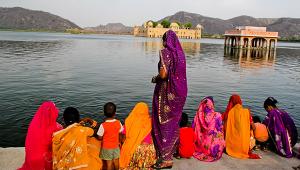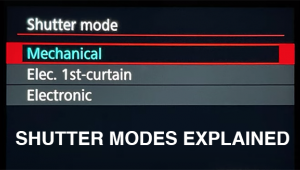The Wonders Of Red-Rock Country In June
Getting There
Moab is located 32 miles south of I-70 on Hwy. 191. If you're headed west from Colorado on I-70, you can reach Moab via Hwy. 128, the Colorado River Scenic Byway. It's about 54 miles to Moab from the junction of I-70 when you travel this picturesque route.
Camping
In Arches National Park, camping is available in Devil's Garden (435/719-2299), and in Canyonlands, you can camp at Squaw Flat in the Needles District, or Willow Flat at Island in the Sky (435/259-4712). There are numerous other campgrounds in state parks, on BLM land, and in the Moab area. For more camping information, call the Moab Area Travel Council at 800/635-6622.
At the foot of majestic red cliffs and the La Sal Mountains, the Moab area is the part of the world that defines the west, according to the late John Wayne. This scenery has often been used as a setting for movies, and Zane Grey made Moab the scene of many of his novels.
Although it's managed to retain a certain quaint, western charm, Moab has grown by leaps and bounds over the years. Its close proximity to several Utah national and state parks has made it a popular spot for photographers. Arches National Park is just five miles north, and 30 miles west is Canyonlands National Park. The red-rock spires of Fisher Towers, the Colorado River Scenic Byway, and Dead Horse Point State Park are a few of the other awesome sights surrounding Moab. Also, spring flowers linger into June in the high mountains.

A Wonderland Cast In Stone
Arches National Park is one of my favorite destinations anywhere. Rugged and remote, this area contains the largest number of natural stone arches in the country. Over 2000 arches are located within the park's boundaries, in addition to other geological formations like red-rock canyons, spires, fins and balancing rocks. A paved scenic drive takes you to many of the major viewpoints within the park. Short trails will take you to some of the more-impressive features.
If you only have half a day to see Arches, drive the 18-mile scenic drive. Take the easy one-mile Park Avenue trail (the walls of this canyon resemble a city skyline), and stop at the Windows section, where short paths lead you to Double Arch, Turret Arch, the North and South Windows.
On a full-day visit, you'll have the opportunity to hike some of the longer trails in the park. Without a doubt, Delicate Arch is the highlight of Arches. You can get there by hiking a moderately strenuous 1 1¼2-mile trail. You'll also want to photograph Landscape Arch--one of the longest natural stone arches in the world--as well as Tower Arch and the Devil's Garden area.
 |
|
 |
|
|
The unique landscapes of southeastern Utah provide endless photo opportunities. Arches is particularly photogenic in the morning and late-afternoon light, when the sandstone formations take on a fiery glow. The Three Gossips, Turret Arch, Double Arch, Wolfe Ranch and Landscape Arch are usually best photographed early in the morning, while Park Avenue, Balanced Rock, Delicate Arch, North and South Windows, and Fiery Furnace are striking in the late afternoon.

















































